Step-by-Step Sales Engagement Platform Implementation Guide
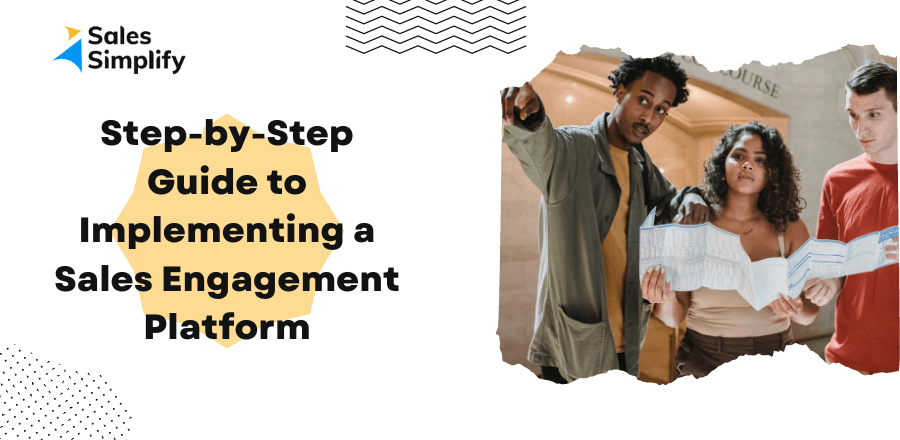
Navigating through the waters of sales is tricky and sometimes a challenging scenario. But implementing a sales engagement platform can make your SDRs' job easier.
Forbes stated that currently, sales representatives are only spending one-third of their work hours on actual selling. This is fundamental since selling has evolved from simply calling up a stranger. It now revolves around understanding the prospect on the other end of the call and gathering relevant information from every sales engagement for future personalized activities.
The increasing demand for Sales Engagement Platform
This new way of selling and evolving customer needs has propelled the demand for tools that automate administrative tasks, enabling sales representatives to function efficiently and focus on their primary job.
5 Steps to implement a sales engagement platform
Whether you are researching sales engagement platforms for organizations or in the preliminary stages of implementing a sales engagement tool within your organizational workflow, you need to follow these 5 steps to avoid any complications in managing the sales pipeline.
Overall company health
Different sales engagement platforms offer different price structures. Additionally, consistent use of these platforms also involves the investment of certain finances.
- Therefore, before selecting a sales engagement platform, it is always a good idea to perform internal introspection.
- Evaluate the current economic health of your business and CRM.
- Identify the primary pain points, potential growth barriers, business inefficiency, and other elements preventing your business from achieving the desired revenue target.
The purpose of this exercise is insurance that you never miss out on any factors and your company's overall health while researching a sales engagement platform. After all, only when you have identified the biggest challenges your organization is facing will you be able to find the correct solution.
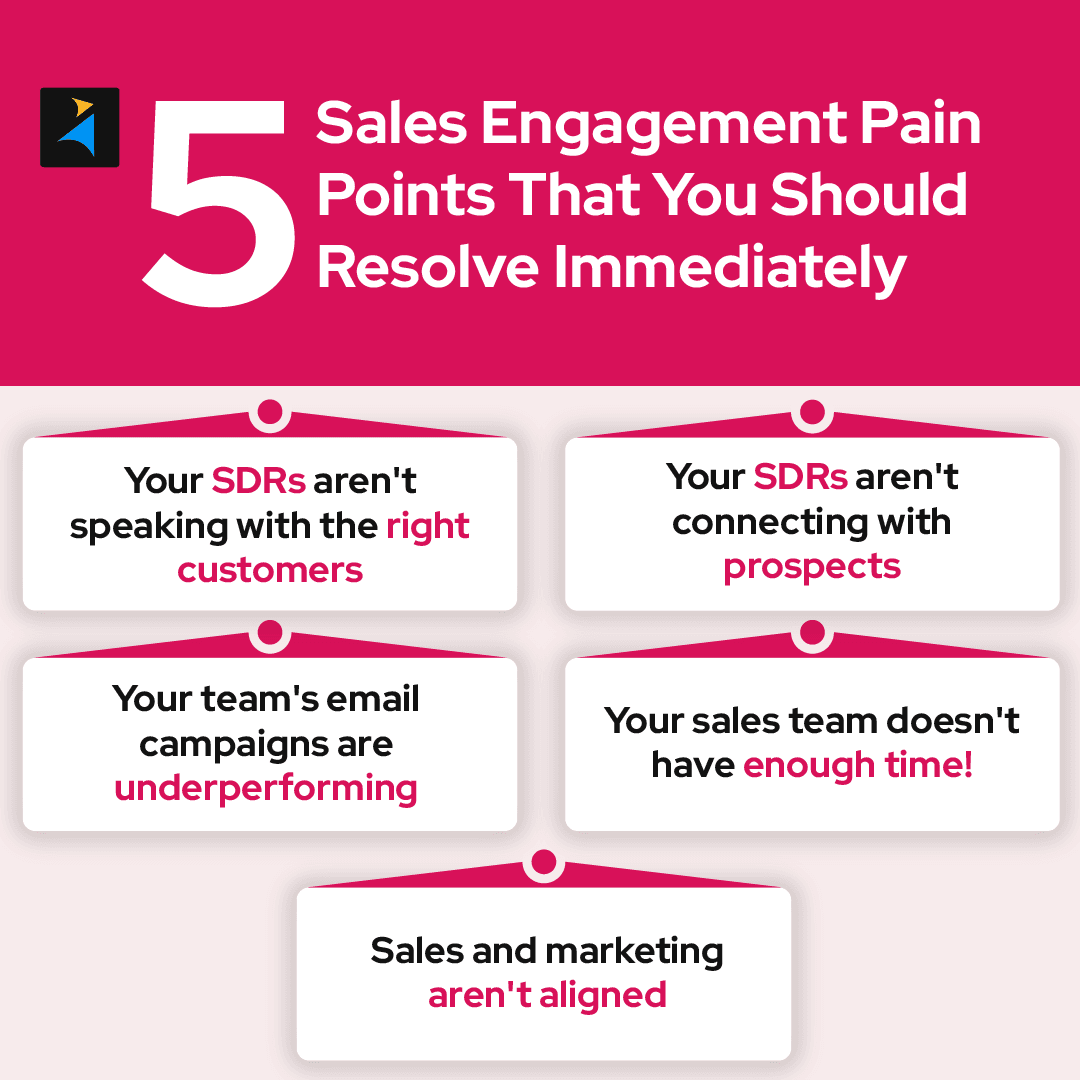
Platform implementation strategy
Although a sales engagement platform offers several benefits, initially, you might face certain resistance while implementing even the simple and best of the best sales engagement tools.
During implementation, communication is the key.
- Prepare for the rollout by creating a cohesive change management implementation strategy.
- Keep all the relevant stakeholders and investors in the loop during the entire implementation process.
- Actively welcome and promote inputs from your sales representatives. Actual users such as sales representatives and mid-level managers can provide a fresh perspective for your implementation strategy.
- By integrating employee input during the rollout process, you can significantly reduce friction during the transition.
Audit your existing sales strategy
Implementing a new sales engagement platform provides a great opportunity to evaluate and audit your existing sales workflows and content strategies.
You can include the following components during the evaluation:
- Gather feedback from your sales team
- Review sales engagement and lead generation standard practices
- Analyze content generation and management tools
- Quality and consistency in marketing messages.
Revisiting and auditing your sales engagement strategies gives you the perfect opportunity to eliminate outdated or bland content, unproductive workflows, tonal inconsistencies, etc.
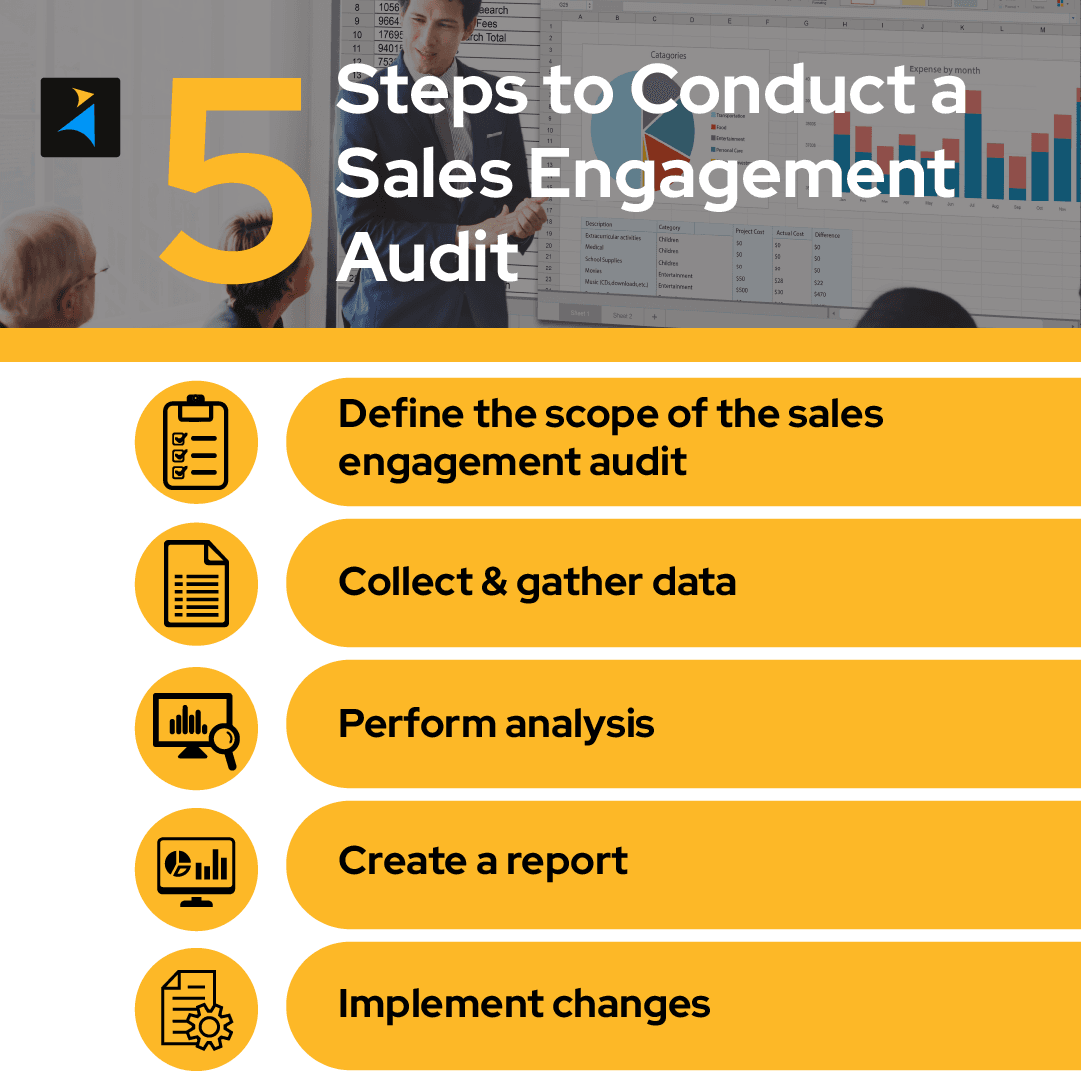
However, remember that you don't need to entirely rewrite your sales engagement playbook during this phase. Instead fine tune the strategies to revamp your engagement model.
Understand your sales team's talent and abilities
While modern sales engagement platforms are packed with bleeding-edge tech stacks with intuitive and user-friendly interfaces, adapting to any new technology embodies a learning curve.
- Considering that you need to analyze and understand your sales team's talent and abilities before implementing a sales engagement tool.
- When you factor in the abilities of your sales team, you open up opportunities to develop more efficient training strategies to familiarise your employees with the new tool.
- Simplified training leads to faster adoption.
- Failure to properly train your sales representatives diminishes the benefit of the sales engagement platform.
- Furthermore, complications during the transition phase can also lead to a decline in job satisfaction.
Reevaluate the existing lead management workflow
In the final step, you need to reevaluate your existing lead management workflow process. You cannot unlock the advantages of a sales engagement platform unless you already have an effective lead management flow.
-
Analyze buyer persona: To develop a lead management process workflow, analyze your buyer personas. Each person should define the behavior of their target customers, the problems they encounter, and which product features they will find most appealing.
-
Create a cadence: Once you develop buyer personas, create a customized sales cadence for each ideal customer. Ideally, a sales cadence guides your sales reps to determine when and how frequently they need to interact with the prospects.
Establish a lead scoring system: In the final step, you need to establish a lead scoring system. This will help your sales teams identify prime leads and prioritize them. They can also identify the leads that require additional nurturing. Once the lead management workflow is standardized, you can introduce automation by leveraging the sales engagement platform.
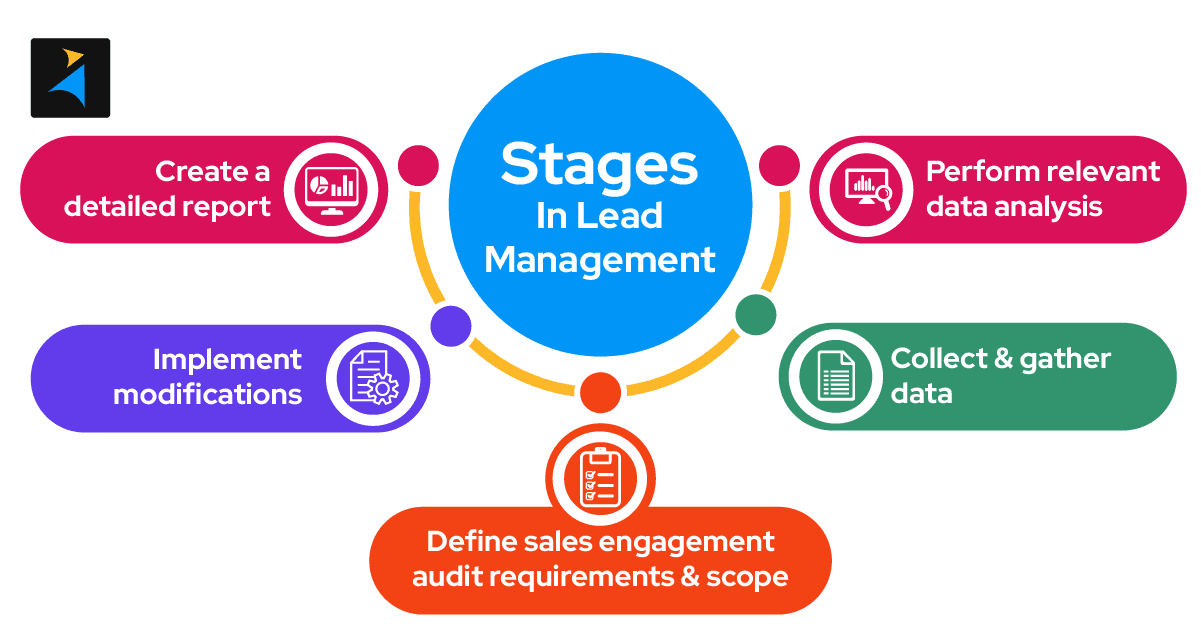
How to implement Zixflow sales engagement platforms?
Here are a few easy and quick steps to implement and get started with the Zixflow platform:
Log in with your details for a free trial
Share your relevant details, such as email, company name, and phone number. First-time users need to complete the signup and email verification process.
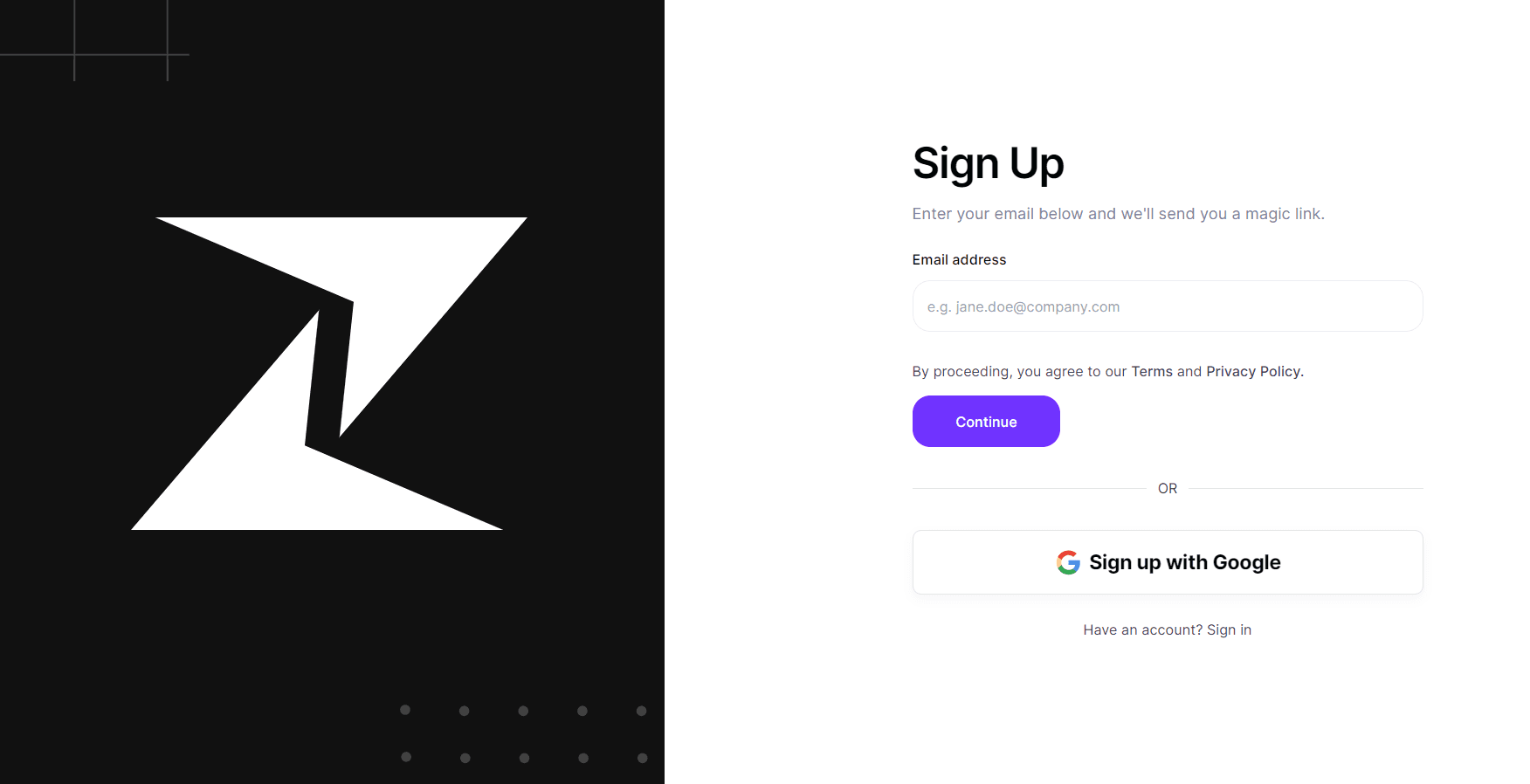
Take a product tour
With your free trial, you can visit and explore various features of the sales engagement platform. You can also request a demo to get started.
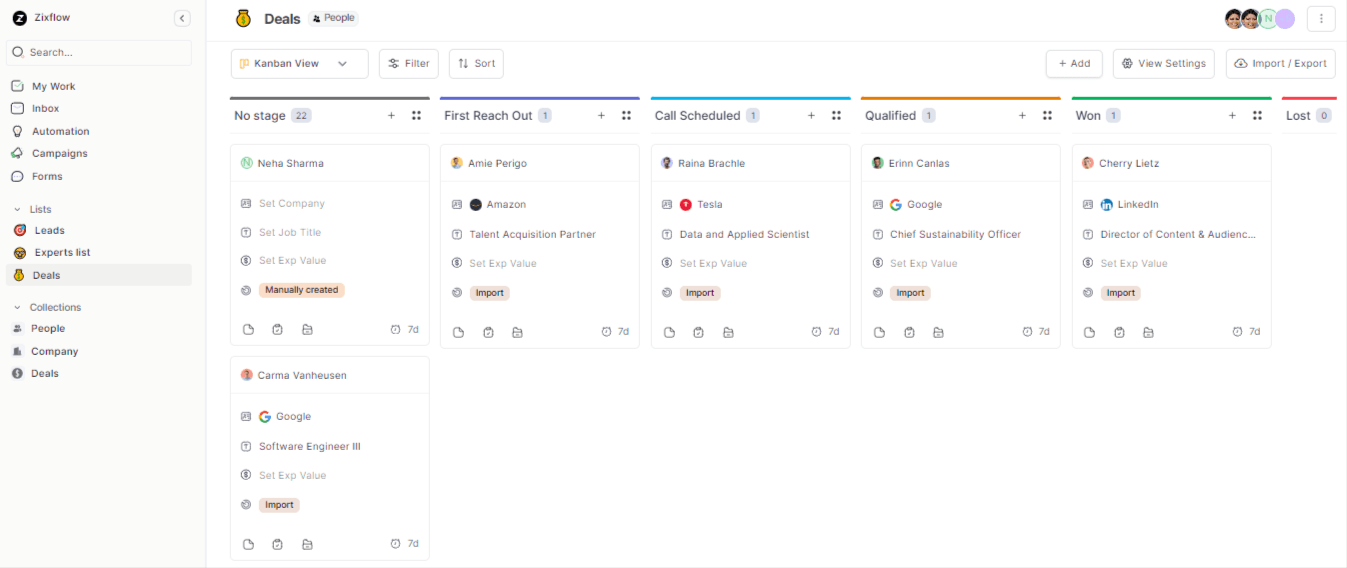
Go to admin settings
Invite your teammates, manage users, insert company details, and manage several other admin settings. You can also set the clearance levels for various team members. For example, your sales manager can create and make changes to the sales workflow automation, while this feature might not be useful for SDRs.
This video gives a detailed guide to admin settings:
Import your data
Unless you're a relatively new startup, you'll have existing data of potential clients and leads within your system. You can integrate your existing management system with the platform, or you can export data from spreadsheets.
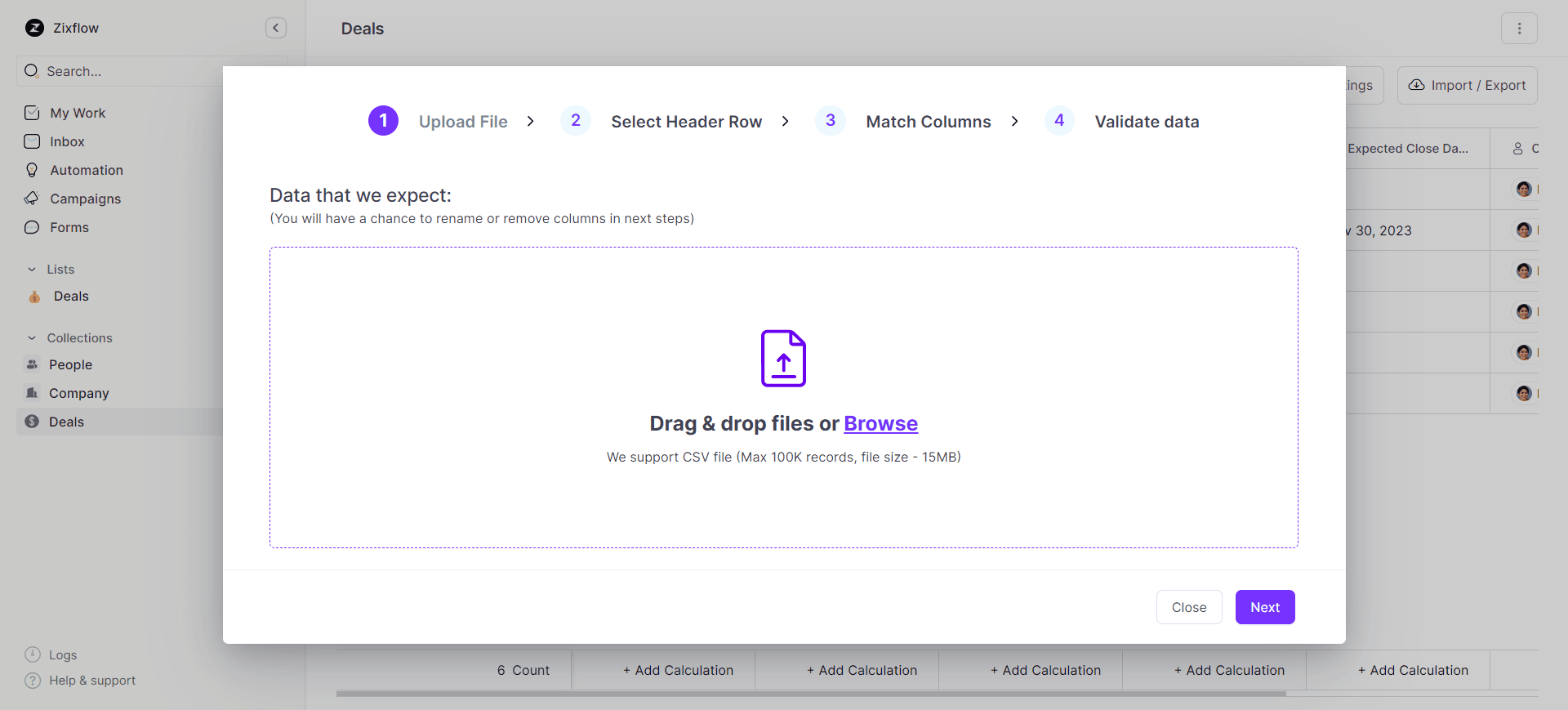
Define workflow or cadence
You can define and automate workflows and cadence as a part of your lead engagement strategy. For example, you can set automated activities when a new lead is added or a particular sales engagement phase is completed.
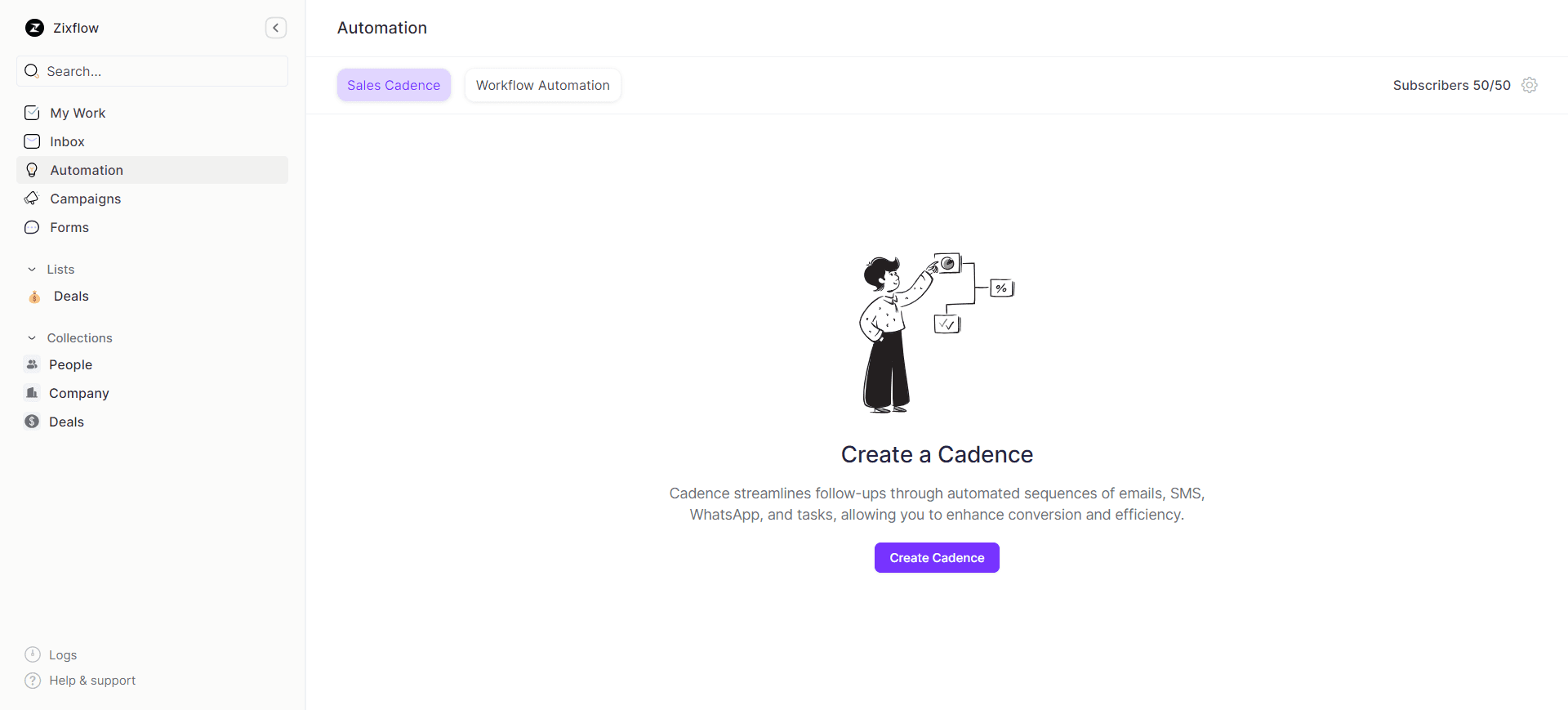
Train your sales teams to schedule sales engagement activities
Your sales teams can add leads, people, or companies. Additionally, they can schedule calls, set follow-up reminders, schedule demos, etc. You can also integrate email, CRM, and other existing systems into the platform.
Here's a quick guide to creating sales engagement activities:
Plan training and share educational materials to make the learning curve easy
Training and educational onboarding is the best way to make your sales team habituated with the features of the sales engagement platform. Apart from the standard guide for using the product, you can also go through the video gallery on YouTube to make the onboarding process easy. You can also add your company training resources to the learning portal.
Get a customized engagement strategy
The Zixflow team also has certain options to customize the strategies for your business. Drop a mail or fill up the contact form to connect with experts and get a bespoke solution.
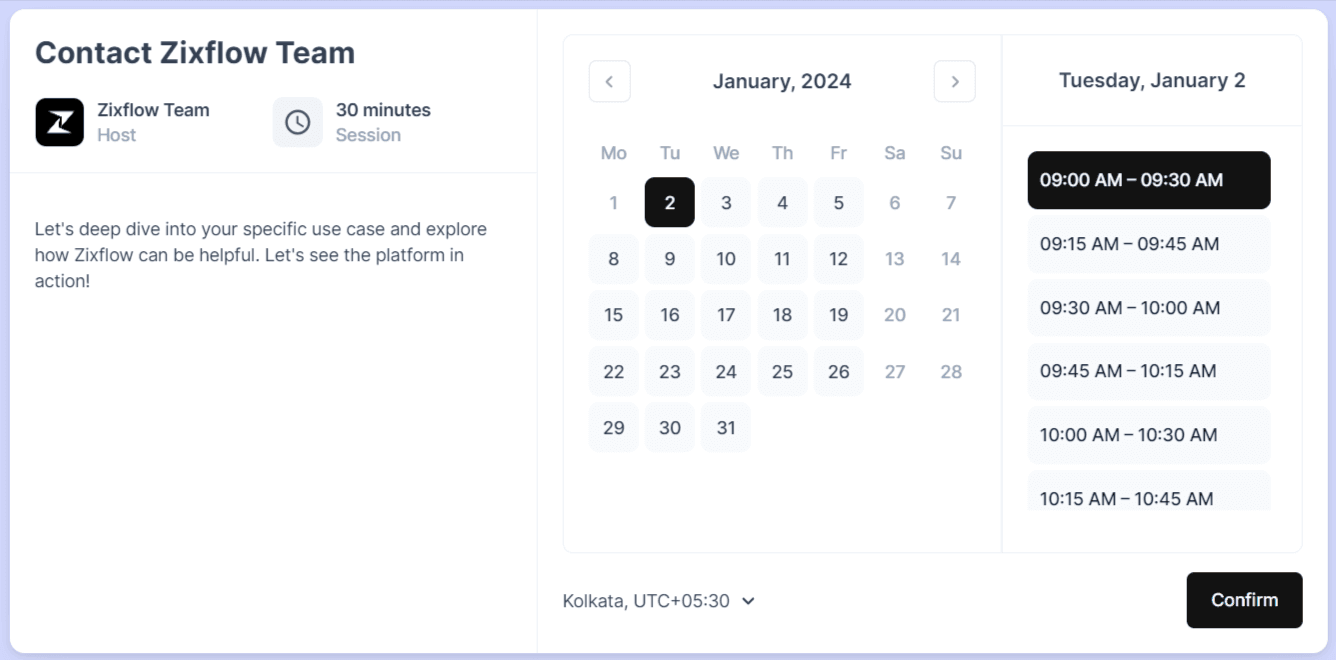
Select your pricing structure
Once your free trial ends, you'll be prompted to choose a pricing structure. Choose a structure that suits your requirement. You'll always have the option to change your plans later.
Here is a quick guide to changing your billing plans:
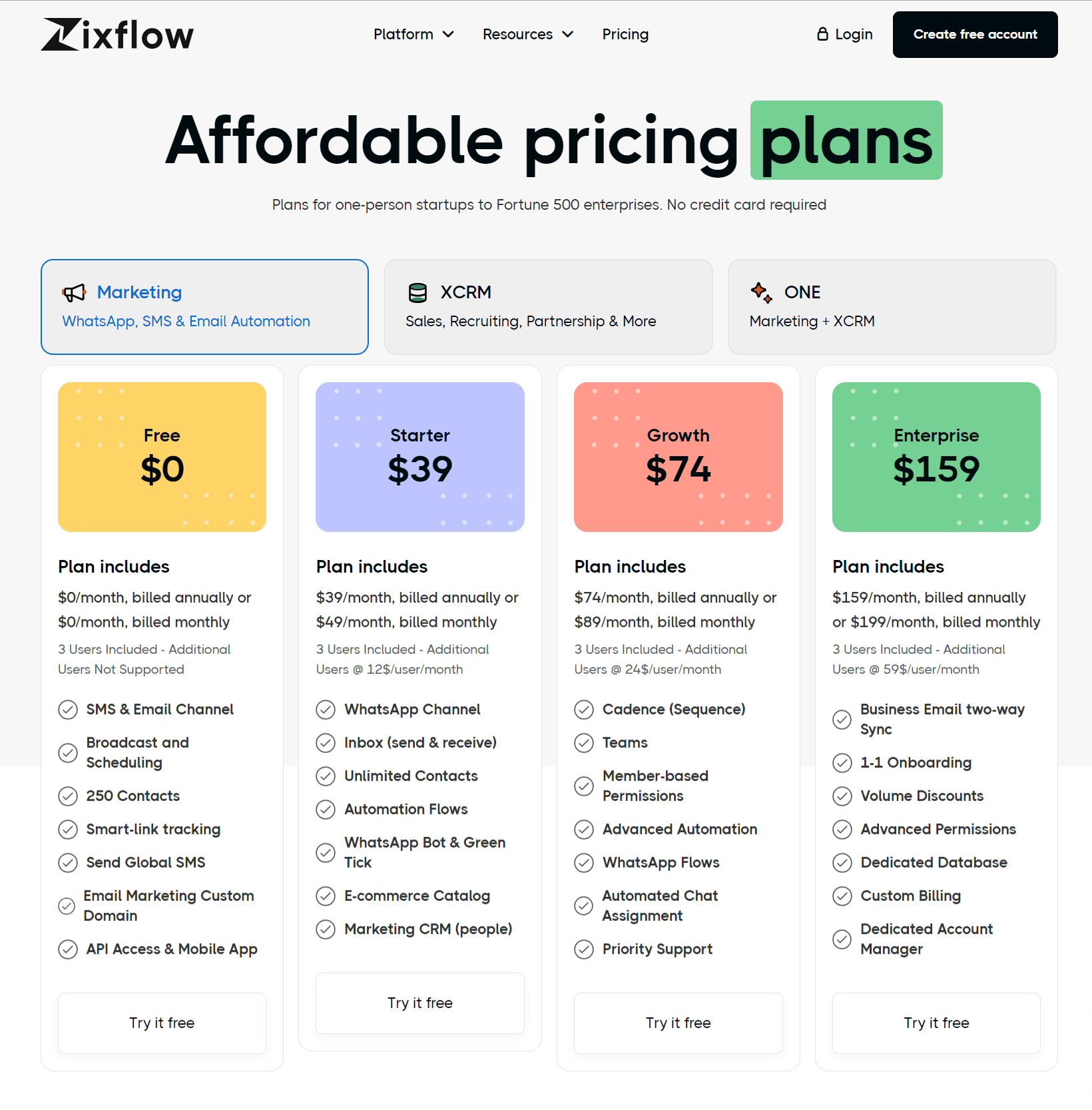
Start implementing your sales engagement platform today
Getting prepared for the 21st-century tech-savvy buyer means that sales reps should be increasingly customer-centric, and a sales engagement platform such as Zixflow can help with this endeavor.
However, before implementing a tool, ensure it fits the working style of your sales team. Do your research and find the ideal sales engagement framework which fits your business and plan your strategies accordingly. You can achieve your goals only when your sales team gets comfortable and actively uses the platform.
